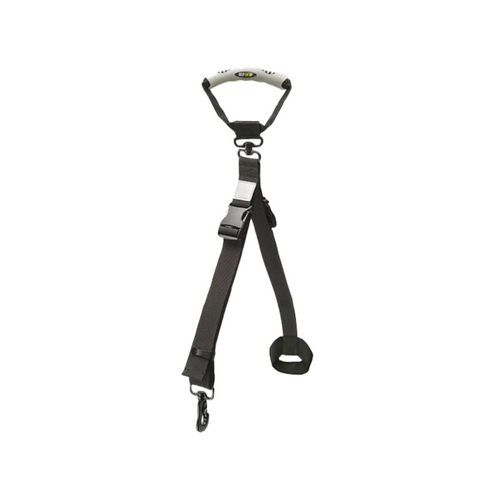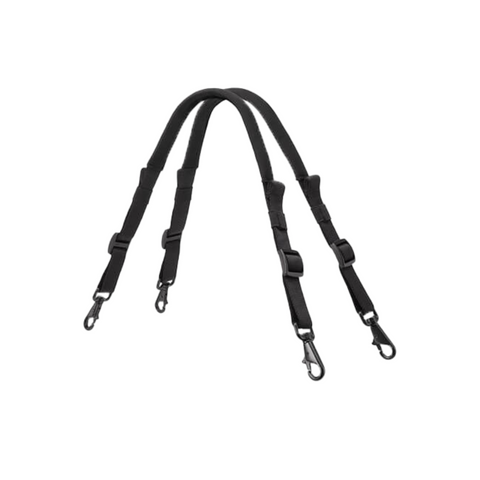It is true that as we age, we get more settled in our ways. We often have a certain way of doing things developed over years of experience.
It is a myth that you can’t teach an old dog new tricks or that you can’t teach senior citizens new ways of doing things. For instance, research shows that 86% of seniors have embraced new technologies, either by using their cell phone or computers. Because dogs are always eager to please you, chances are they would love to spend time with you learning something new.
In fact, adult dogs are often easier to teach than puppies because they have a better ability to focus and are calmer. However, do not expect your older dog to run, leap and fetch like a puppy. What it really takes to train older dogs is patience, consistency and repetition. Here are five steps to make it easier for you to teach your dog new behaviors:
- Step 1: Analyze your dog’s physical limitations. If your dog has arthritis or a hard time with mobility, it may be harder for you to teach him commands such as “lie down” or “fetch the ball”. It may be better for your dog to learn a new behavior that is not so physically challenging like “give me a kiss” or “high five”. If your dog is hard of hearing, you may have to choose hand signals versus verbal commands. If your dog has cataracts and a hard time seeing, your tone of voice can indicate whether your dog
- Step 2: Analyze your dog’s mental limitations. If your dog has dementia, he may learn at a slower pace. Therefore, you should keep your training sessions short.
- Step 3: Decide on your goal. What new behavior would you like your dog to learn? Maybe it’s run through your legs or get a leash. Choose something simple and fun.
- Step 4: Reward good behavior with a treat. However, do not punish your dog if he does not learn the new behavior within your time frame.
- Step 5: Give him a lot of praise if he meets the goal. Your dog can tell by your tone of voice if he has done something good. If he successfully performs the behavior, give him a hug and words of praise. Remember that tricks don’t need to be complicated. Your dog will just enjoy spending more time with you.
Need some ideas to get started? Here’s some new tricks your dog may love to learn:
- Heel
- Release
- Out or leave it
- Roll over
- Shake
- Bring it
- High five
- Open or shut a door
- Get your leash
- Bring me my slippers
- Get your food bowl
- Search/find it
The bottom line is you want to teach your old dog new things because it will keep his mind active and sharp. If he is wagging his tail and has that glimmer in his eye, you’ll know he is loving the learning process!



